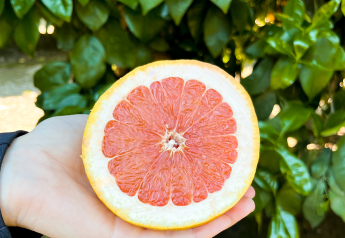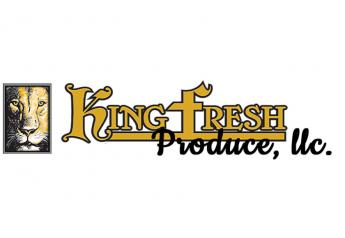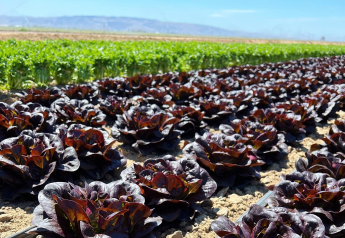Eyes Wide Shut? US Agriculture Faces China Reckoning
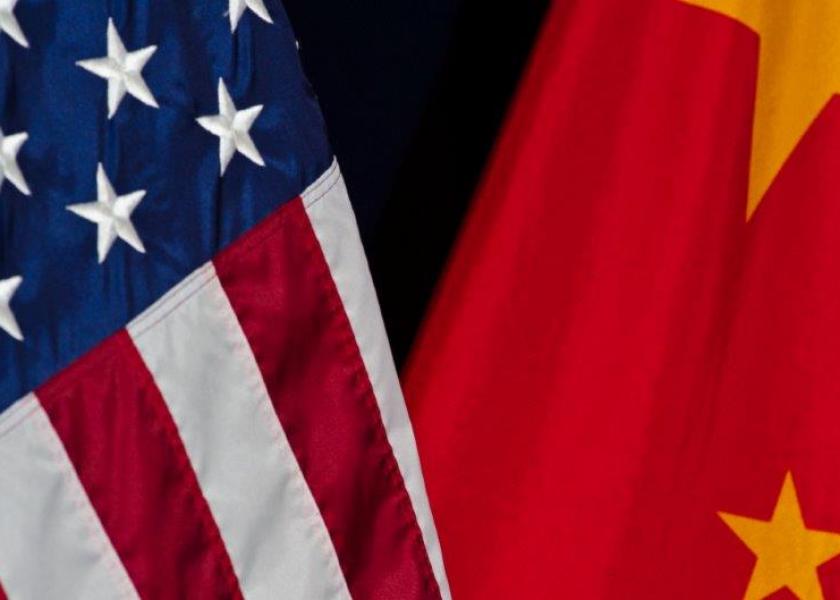
The ultra-high stakes of U.S.-China trade, combined with the Chinese Communist Party’s (CCP) ongoing technology theft from the U.S. agriculture industry, demand an eyes-wide-open approach from American farmers.
In glaring irony, China is the kingpin customer of U.S. ag commodities while openly executing a state-driven policy intended to destroy America’s position atop the global ladder. But does the odd paradox portend feast or famine for U.S. farmers?
A day looms when China may no longer need bulk imports of U.S. farm commodities. Worldwide, the CCP is gobbling up unprecedented amounts of farmland, including American acres, in order to ensure its food supply rides shotgun with its efforts at global domination. However, demography is destiny, and China’s aspirations may end with a population crash if the country grows old before it gains supremacy.
Farmer beware: China may be marching toward economic hegemony and an unprecedented level of self-sourced food or it could be headed for a population dive that would rattle the CCP to its core. Either scenario carries massive implications for U.S. agriculture.
Congressman Rick Crawford (R-Ark.), a long-time farmer advocate and member of the House Agriculture Committee and House Intelligence Committee, as well as a proponent of establishing an intelligence office within USDA, summarizes the gravity of the U.S.-China dynamic: “If everything we’ve seen happening with China over the past couple of years isn’t enough to serve as a wakeup call for everyone in agriculture and the U.S. as a whole, then there will never be a China wakeup call. We’ve got to have access to the China market, but in no way at an all-costs price and mentality.”
At present, approximately 80% of economic espionage prosecutions by the Department of Justice (DOJ) cite activity “that would benefit the Chinese state,” and almost 60% of trade secret theft cases have “some nexus to China,” according to DOJ.
“Look around the world at what China is doing to position themselves and leverage us,” Crawford continues. “We can’t just focus on commodity prices while China grows in strength as a real-time threat to our food supply chain. China makes no secret about any of this. They are in a race to supplant us as a world power.”
And China may be 25 years from crossing the finish line.
The Band Played On
For 30 years, U.S. industries sacrificed the permanent on the altar of the temporary, according to Crawford. “At our own peril, we’ve sat back and helped China become an economic superpower while they used our dollars and stolen intellectual property. And the whole time, we pretended they were a good faith partner, even though we knew their entire strategy was to take us down.”
From its government podium and official print media, the CCP openly labels the U.S. as an enemy, and in 2019, The People’s Daily, the CCP’s mouthpiece publication, declared a “people’s war” against the U.S.
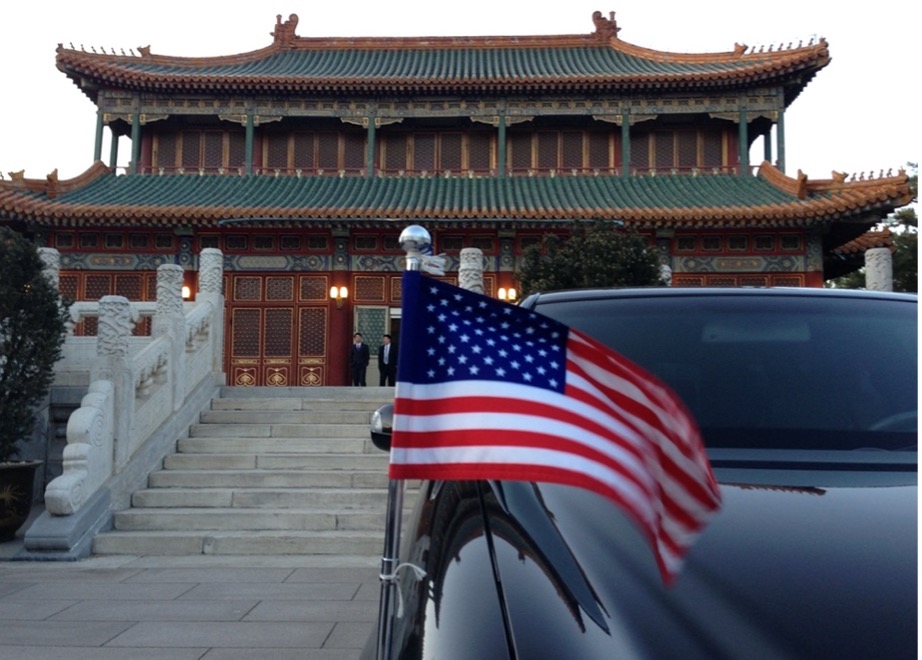
“Everything they did was ignored and it has to be partially explained by greed on our part,” Crawford adds. “How else did the fact that China is a totalitarian country ruled by ruthless dictators hoping for our downfall get forgotten for the last 30 years?”
Fair question. Established in 1921 and ensconced in power with the founding of the People’s Republic of China in 1949 under the thumb of Mao Zedong, the CCP is the single most successful communist regime on record. In 1991, when the Soviet Union imploded and broke apart, the CCP took vital survival notes on the USSR’s downfall. Chinese leaders scrambled aboard the free market bus, waved to applauding U.S. presidents, and then hopped off the bus whenever convenient.
By 2001, a mere decade-plus after the Tiananmen Square massacre of 1989, China had cemented most favored nation (MFN) status with the U.S. and waltzed into the World Trade Organization (WTO)—and still operates today with a “developing nation” designation. (In 2020, only 31 years past Tiananmen, China was feted with a three-year term on the UN Human Rights Council.) A country ruled by the iron hand of the CCP—arguably the most repressive political party in history, responsible for tens of millions of deaths since its inception in 1921, became the darling of the international trade ball.
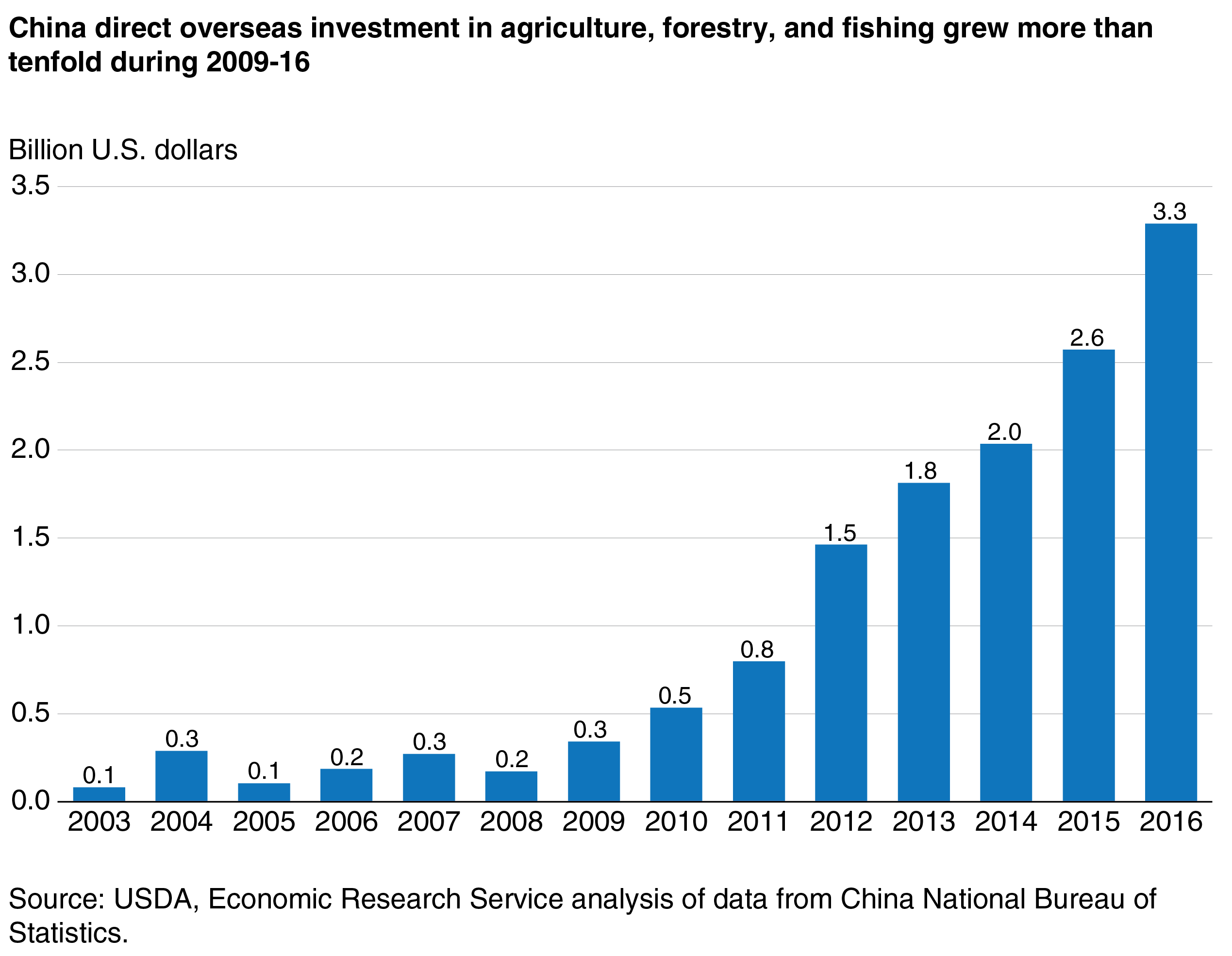
Whole sectors of America’s manufacturing base set up shop in China and the trade imbalance grew unrecognizable from a pre-1990 vantage point: From 1992 to 2016, China racked up $4-plus trillion in surpluses. As the U.S. slept or deferred to a policy of willful ignorance, China skirted WTO rules, restricted foreign investment, and stole technology at a dizzying rate—carting away billion-dollar data loads by the day.
Meanwhile, in the halls of the U.S. Capitol and in the boardrooms of countless U.S. industries, the band played on.
Playing For Keeps
China is not seeking a better position on the international playing field; China is attempting to build its own playing field. The evidence is the CCP’s $1 trillion-plus Belt and Road Initiative (BRI), the most extensive infrastructure project in world history, intended to fundamentally reshape the globe’s economic map and place China behind the wheel of commerce. Initiated in 2013, BRI is a spiderweb of land and sea trade routes efficiently linking China with Africa, Asia, Europe, and Latin America. Roughly 140 countries have signed on to BRI—a phenomenal number considering there are only 193 countries on the planet (BRI reaches 73% of UN-recognized nations).

In various degrees, the 140 countries submit to a Faustian deal—a debt for equity swap. The scope of construction is mindboggling: ports, railways, tunnels, roads, airports, dams, pipelines, power plants, telecommunication networks, railways, and far more. In addition, the hammer-and-nail projects are connected via a digital silk road—the BeiDou Navigation Satellite System, a GPS competitor designed by the People’s Liberation Army (PLA).
With a completion date slated for 2049, to match the centennial celebration of modern China’s 1949 founding, the CCP intends on establishing a trade bloc reaching all corners of the globe. If genuinely successful, BRI would be an economic leviathan, and place China in the global command chair. Yet, the CCP is keenly aware: Playing for keeps requires a full belly—a tall task for a country with a paltry amount of farmland.
A Hunt for Cropland
China cannot feed itself—yet. It is a country with food security stamped in its collective memory, having endured what many analysts consider the most extreme famine in history, when 15-45 million Chinese died from 1958-1962, mainly attributable to the agricultural meddling of Mao Zedong and the CCP.

Home to 21% of the world’s population, China possesses only 7% of productive farmland. Although China exported $76 billion in ag commodities in 2020, it vacuumed up $170 billion in ag imports—No. 1 importer of food on the planet. (U.S. farmers sent $26 billion in ag exports to China in 2020, outranking all other ag export destinations.)
The CCP announced a farmland reclamation project of 16.5 million acres in 2021—a figure roughly equivalent to the size of the Republic of Ireland. In years past, China targeted other domestic farmland restoration efforts, but turning mass acreage into “high standard farmland” is an extremely tall order, particularly for a country beset by heavy pollution, soil contamination, and limited water resources. (Since 1949, China has erected an average of one dam per day, an astounding construction rate making it the most dammed country in the world, utilizing more dams than the combined total of all other countries.)
China is on the hunt for cropland beyond its own borders, evidenced by its purchase of 6.5 million hectares (roughly 16 million acres related to agriculture, forestry, and mining) in foreign countries over the past decade, according to Land Matrix.
Further, China has made massive food market plays in the past decade: In 2013, Shuanghui International purchased U.S.-based Smithfield Foods. (At the time of sale, Smithfield had 25 U.S. plants, 460 farms, and contracts with 2,100 producers in 12 states.) In 2014, China National Cereals, Oils and Foodstuffs Corporation’s (COFCO) bought two major agricultural trading companies, Noble Agri and Nidera. In 2017, ChemChina paid almost $46 billion for acquisition of Syngenta, giving the CCP aboveboard access to transgenic seeds and crop protection products.
Despite China’s heavyweight influence on international agriculture markets from multiple angles, a relatively new point of entry for the CCP has raised major alarm from U.S. growers: China’s purchase of American farmland.
“Shame On Us”
A minimum of 35 million acres (2.7% of all U.S. ag land) of American agriculture ground is foreign owned. As of 2020, China owned approximately 192,000 agricultural acres in the U.S, for crops, livestock production, and forestry, according to USDA. At first blush, China’s 192,000 acres are a tiny nugget.

Not so, says Rep. Dan Newhouse (R-Wash.), a third-generation farmer from Yakima County. The significance of China’s ownership of U.S. farmland is revealed by timing, he explains: “The trend is what is most concerning about the almost 200,000 acres. At first, you look at China’s acreage here and think it is small, but that has almost all been acquired in the past decade. You also have to couple the acreage with the fact that the CCP’s stated goal is to remake the world according to their benefit. The trend is for them to continue buying our assets and it has to stop before it becomes an even bigger problem.”
Contrary to frequent media reports, no U.S. state has an absolute prohibition on foreign ownership of agricultural land (China prohibits foreign ownership of its land), although 14 states have varying degrees of restriction on foreign ownership of American farmland, according to Harrison Pittman, director of the National Agricultural Law Center (NALC). Further, only 12 states have a reporting/registration requirement for agricultural land, and 28 states expressly allow for foreign ownership. (For detailed information, see NALC’s webinar Foreign Ownership of Ag Land.)
In June 2021, Newhouse introduced an amendment to the Agriculture, Rural Development, Food and Drug Administration, and Related Agencies appropriations bill “to prohibit the purchase of agricultural land by the People’s Republic of China (PRC) and make agricultural lands currently owned by the People’s Republic of China ineligible for farm programs.”
U.S. agriculture, Newhouse contends, errs by viewing China in the short-term. “We know the CCP has long-term goals of 10-, 20-, and sometimes even 100-year plans and they continue to make incremental progress. Shame on us for not recognizing the potential CCP threats down the road. Again, the 200,000 acres is a small amount of land overall, but that’s not the point. We have to protect our farmers, our ag industry, and our food supply for national security interests. Anyone with ties whatsoever to the CCP must be prevented from buying our farmland.”
However, even if the CCP buys enough farmland, or steals enough technology, or builds enough trade routes, they may be wedged in an inescapable fertility trap. In a nutshell, China has taken an ax to the trunk of its own family tree.
Shot Its Bolt?
In 1979, the CCP went uber draconian, reacting to its high population tally by instituting a nationwide one-child policy. Partially backed by forced abortions, sex-selective abortions, sterilizations, and harsh fines, China prevented at least 400 million births, according to The People’s Daily, a CCP-influenced publication.
A 2.1 fertility rate is required to maintain a stable populace for any country, but by dictating a one-child mandate across an almost 40-year stretch, China decimated its future population growth. In 2016, aware of the lead balloon set to drop, the CCP announced a two-child policy, followed by a three-child policy in 2021. Too late; the population die is cast. China’s birthrate since 2020, although bumped slightly higher to 1.3, is still in the ballpark of Japan and Italy, two of the fastest graying countries on the map.
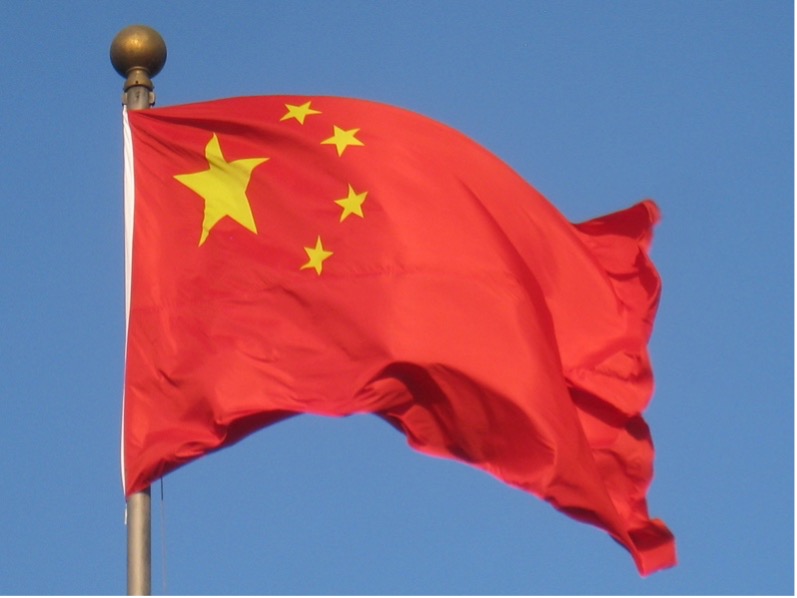
China will peak sometime before 2030 at 1.5 billion people and then begin a precipitous slide. According to a Lancet study, China’s population will freefall (almost by half) to a low of 732 million by 2100, when India and Nigeria will both outrank China. (India may surpass China as No. 1 in 2027.)
Every facet of China’s stature and economy, including agriculture, appears set for major upheaval. Without hyperbole, China faces a seismic reckoning due to what appears as irreversible population decline after 2030. The CCP has its hopes pinned on ascension to the global throne by 2049, but the demographics beg a legitimate question: Has the CCP already shot its bolt?
A Mass Raid
Whether or not the penny drops in 2030, 2049, or 2100, U.S. agriculture faces a minefield of China challenges—including technology and digital theft. As a sidecar of BRI, the CCP’s Made in China 2025 program is indicative of an all-costs, long-term strategy. Kicked off in 2015, the 10-year initiative aims for international dominance of 10 high-tech sectors by 2025—including information technology, artificial intelligence, telecommunications, electric vehicles, aerospace engineering, advanced electronics, biomedicine, high-speed rail, maritime engineering—and agricultural technology.
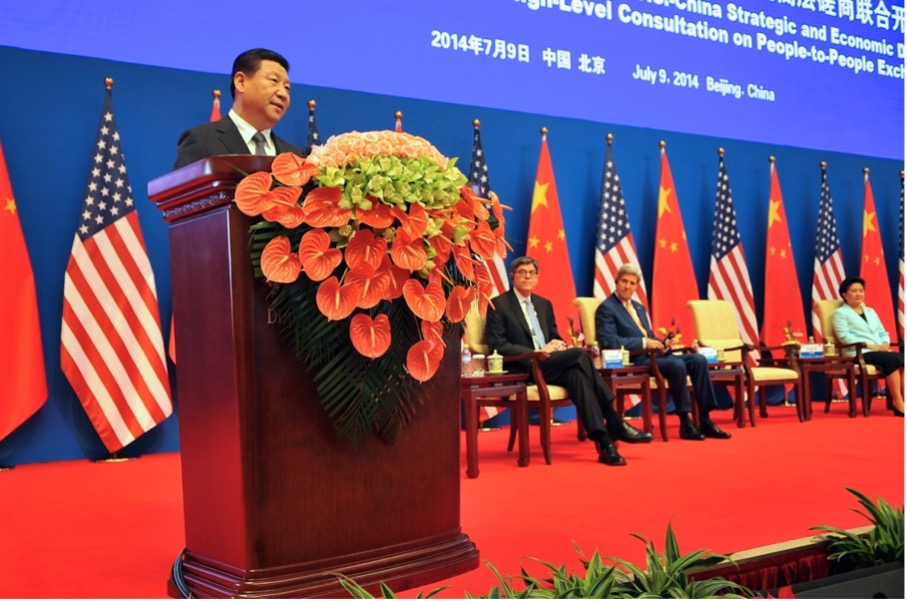
In order to meet the lofty goals of Made in China 2025 and the BRI deadline in 2049, how much technology is China stealing from the U.S. each year? A 2017 report by the U.S. Commission on the Theft of American Intellectual Property provides a sobering answer: It estimates a cost of $255 billion to $600 billion to the U.S. economy each year, and fingers China as the “principle IP infringer.” In 2020, the Federal Bureau of Investigation (FBI) acknowledged over half of all active FBI counterintelligence cases involve China.
The three most notorious cases of CCP-related ag technology theft occurred between 2011-2017. In 2011, Mo Hailong, the U.S. director of international business for Beijing Dabeinong Technology Group, began crawling through Iowa corn rows, pocketing Pioneer and Monsanto pre-commercial seed corn, and mailing the high-value seed to a relative in China. Hailong was convicted and sentenced to 36 months. At least five years prior to his arrest in 2013, court documents revealed high-quality praise from China for Hailong’s stolen seeds, suggesting his total haul was colossal.
In a similar vein, Weiqiang Zhang gained employment at Ventria (Kansas-based biopharmaceutical corporation using GMO rice in production of recombinant proteins) as a seed breeder and attained access to a climate-controlled seed room. Zhang used USDA letterhead to send counterfeit letters to research colleagues in China, inviting them on a tour of Ventria and several more U.S. agriculture stops. The delegation made the rounds in 2013 (including Dale Bumpers National Rice Research Center in Stuttgart, Ark., where Zhang’s main accomplice, Wengui Yan, worked as a research geneticist), but were nabbed upon exit by U.S. Customs during a luggage inspection that uncovered hundreds of pilfered seeds, including corn, rice, soybeans, and wheat. Zhang was sentenced to 10 years in prison.

In 2017, Haitao Xiang worked for Monsanto as an imaging scientist at The Climate Corporation. A key digital part of The Climate Corporation’s big data platform was a proprietary algorithm tagged the Nutrient Optimizer. Xiang was apprehended (with a one-way ticket to China) at a U.S. airport, allegedly with a micro SD card copy of the algorithm in 2017. His case is pending.
The buried lead in all three headline theft cases (corn, rice, and algorithm) is a tip-of-the-iceberg truth for the U.S. agriculture industry: China has conducted a historical, mass raid of the American farm.
Marathon To Supremacy
China has used a backdoor entrance to steal U.S technology, utilizing its Thousand Talents Plan over 20 years to steal tech and data from research laboratories across all industries. In 2019, a congressional report offered a blistering review of the Thousand Talents program, and Sen. Rob Portman (R-Ohio) provided a damning conclusion: “China uses more than 200 talent recruitment programs to lure foreign-trained scientists, researchers, and entrepreneurs into providing China with technical know-how, expertise, and foreign technology.”
The CCP’s own admission is noteworthy: From 2008 to 2016, CCP talent-recruitment programs bagged 60,000 foreign professionals. The complete story of the talent haul remains opaque, but a ballpark assessment is merited: A portion of the 60,000 worked in an agriculture-related industry.
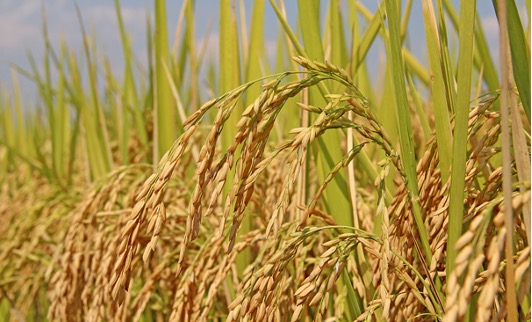
The “talent recruitment” scientists/researchers/professionals funnel stolen gleanings back to the CCP, which then ensures all data and tech ultimately lands in a military laboratory. The CCP has a Military-Civil Fusion program written into China’s constitution: By law, all private sector innovation is transferred to the military.
Along with CCP-related researchers, the U.S. university system hosts roughly 360,000 Chinese students per year (including land grant institutions with agricultural programs and research). The students are selected and vetted by the CCP. If the CCP taps a tiny 1 percent of the students for information—the math equates to 3,600 potential sources of espionage. Further, if the CCP taps a far greater percent of its student exports—10 percent, 20 percent, or far higher, the amount of CCP surveillance on U.S. soil expands exponentially.
In a U.S. Senate Intelligence Committee hearing (February 2018), Sen. Marco Rubio (R-Fla.) asked FBI Director Christopher Wray about the “the counterintelligence risk posed to U.S. national security” from Chinese students.
Wray responded: “…I would just say that the use of nontraditional collectors, especially in the academic setting, whether it's professors, scientists, students, we see in almost every—in almost every field office that the FBI has around the country, it is not just in major cities, it's in small ones as well. It's across basically every discipline. And I think the level of naivete on the part of the academic sector about this creates its own issues.”

Congressman Rick Crawford, a member of the House Intelligence Committee and ranking member of the Subcommittee on Intelligence, contends the ongoing CCP theft of U.S. ag technology demands an active response from U.S. agriculture—led by the establishment of an intelligence office within USDA.
“We have helped build China as an economic superpower—literally with our dollars and intellectual property—and now they are also a direct military threat to the U.S. We absolutely must protect our ag technology now,” he emphasizes. “Therefore, just as a beginning, USDA must have standing inside the intelligence community.”
“Incredible Real-time Threat”
The Agricultural Intelligence Measures (AIM) Act, introduced in 2020 by Crawford, would create an Office of Intelligence in USDA under the National Intelligence Program. The office would “focus on understanding foreign efforts to steal U.S. agriculture knowledge and technology, and develop or implement biological warfare attacks, cyber or clandestine operations, or other means of sabotaging and disrupting U.S. agriculture.”
Crawford pulls no punches regarding China’s intentions: “I can’t get into the specifics, but I can say in terms of economic, military, and political involvement, China is fully invested in toppling the U.S. as a global leader. I’m not giving up secrets, this is in the open and there is nothing benign or altruistic about their behavior. The Belt and Road Initiative, for example, is an attempt to make them the hub of the global economy. They’re setting up debt traps in Africa and in South America. Look around, they are actively engaged in Mexico, Central America, Brazil, and so many other places.”
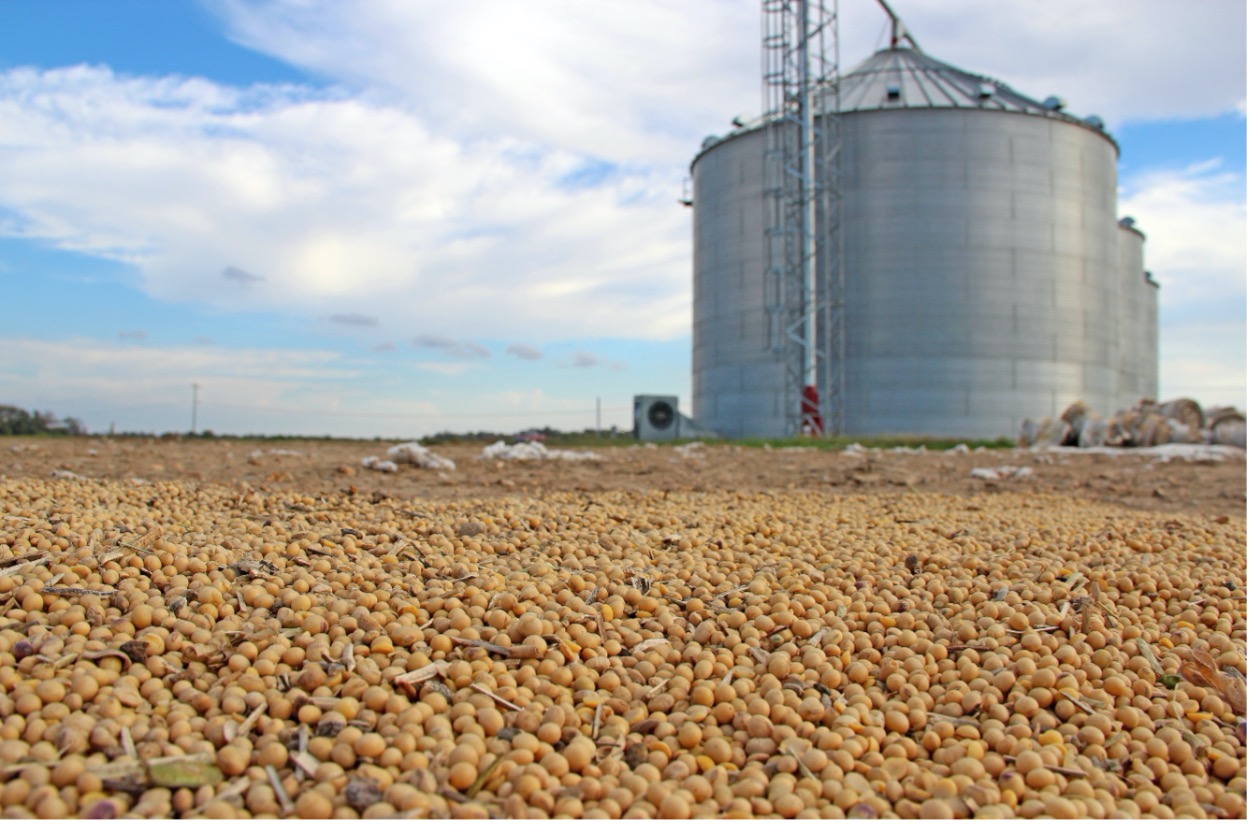
Over the past two decades—Argentina, Brazil, and Colombia—three of the four heavyweight economies in Latin America (as well as half of all the countries in the entire region), have bumped the U.S. as their No. 1 trading partner, in favor of China. Overall, China’s trade with Latin America rose from $12 billion in 2000 to $315 billion in 2020.
“Take a look at Brazil. What would happen if the Chinese leveraged JBS with a debt trap? They already own Smithfield. They are an incredible real-time threat to the U.S. food chain and that’s what can happen when a totalitarian power is our biggest market destination.”
Newhouse echoes Crawford’s concerns, citing the hazard of China dependence. “As never before, we’ve got to maintain other markets. Having China as our No. 1 customer is a dangerous spot to be in. U.S. agriculture has to stay aware of exactly what China has planned for the future.”
“Vilified By The WTO”
Crawford’s AIM Act is one piece of a far greater effort needed to protect American agriculture. He stresses the need for a whole-of-government approach. “Right now, our government is able to recognize threats, but it doesn’t have the expertise in segments like agriculture. Just because somebody at the CIA grew up in Iowa doesn’t make them an ag expert. We need people with years of lived experience on a farm and in the industry—that is knowledge that can never be acquired by CIA analysts.”
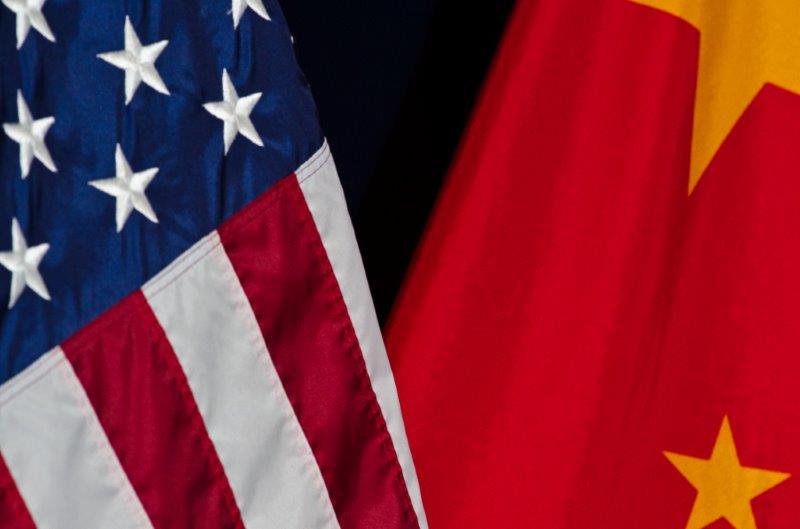
In addition, Crawford considers the prospect of indirect agriculture sales to China. “China should be a retail destination for U.S. products because the direct relationship is difficult. We’d do well to set up a Pacific Rim distributor network for various products and rely on trade partners like Malaysia, Singapore, Philippines, and Japan. We could capture our share of the China market, but not deal directly with them in wholesale fashion. China subverts trade laws, yet we’re the ones vilified by the WTO. Everyone knows the WTO looks other way when it comes to China.”
The Softest Target
In its quest for economic primacy, China consistently steals innovation from what arguably is the softest target of all U.S. industries—agriculture. Whether the BRI masterplan comes to fruition, or if China’s demographic train goes off the rails, American farmers can bank on a certainty: For better or worse, the China dynamic is set for tremendous change.
“Our agriculture industry has to recognize what China is doing long-term, and then retool the relationship,” Crawford concludes. “Any sacrifice to do something about China now is going to pay dividends in the future.”
For questions or to read more stories from Chris Bennett (cbennett@farmjournal.com), see:
Skeleton In the Walls: Mysterious Arkansas Farmhouse Hides Civil War History
While America Slept, China Stole the Farm
Bizarre Mystery of Mummified Coon Dog Solved After 40 Years
Where's the Beef: Con Artist Turns Texas Cattle Industry Into $100M Playground
The Arrowhead whisperer: Stunning Indian Artifact Collection Found on Farmland
Fleecing the Farm: How a Fake Crop Fueled a Bizarre $25 Million Ag Scam
Truth, Lies, and Wild Pigs: Missouri Hunter Prosecuted on Presumption of Guilt?
US Farming Loses the King of Combines
Ghost in the House: A Forgotten American Farming Tragedy
Rat Hunting with the Dogs of War, Farming's Greatest Show on Legs
Misfit Tractors a Money Saver for Arkansas Farmer
Predator Tractor Unleashed on Farmland by Ag's True Maverick
Government Cameras Hidden on Private Property? Welcome to Open Fields
Farmland Detective Finds Youngest Civil War Soldier’s Grave?
Descent Into Hell: Farmer Escapes Corn Tomb Death
Evil Grain: The Wild Tale of History’s Biggest Crop Insurance Scam
Grizzly Hell: USDA Worker Survives Epic Bear Attack
A Skeptical Farmer's Monster Message on Profitability
Farmer Refuses to Roll, Rips Lid Off IRS Behavior
Killing Hogzilla: Hunting a Monster Wild Pig
Shattered Taboo: Death of a Farm and Resurrection of a Farmer
Frozen Dinosaur: Farmer Finds Huge Alligator Snapping Turtle Under Ice
Breaking Bad: Chasing the Wildest Con Artist in Farming History
In the Blood: Hunting Deer Antlers with a Legendary Shed Whisperer
Corn Maverick: Cracking the Mystery of 60-Inch Rows


